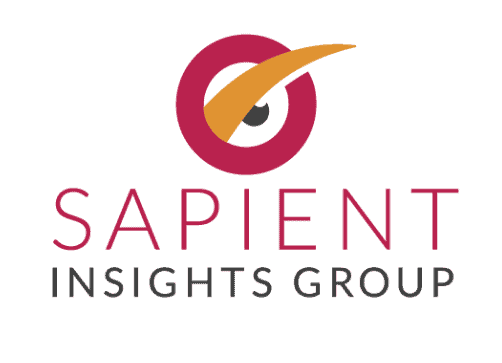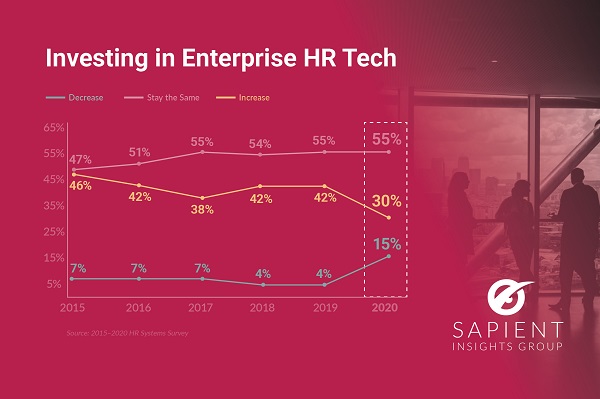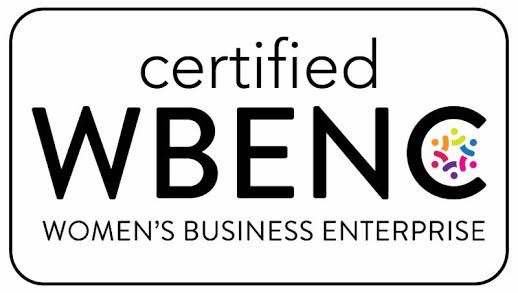A slight nip in the air and the leaves changing from a soft green to beautiful reds and yellows always meant for me that the publication of the Annual HR Systems Survey White Paper was just around the corner. This year was no exception, with a new name but all the same amazing data – in late October we published the “2020-2021 Sapient Insights Annual HR Technology White Paper, 23rd Edition”. Being the most in-depth and widely anticipated HR Technology research effort of the season, our new organization definitely felt the pressure to ensure that we upheld two-decades of research principals set by our original survey author Lexy Martin and continued over the last six years by Sierra-Cedar’s amazing research teams. Our focus for the research has always been to ensure that it help companies make better investments in people, processes, and technology, and that will continue into the future. Sharing data and insights from over 20,000 unique organizations and 290 million employees around the globe over the last 20+ years, we are honored that the survey is considered the true voice of the customer, bringing together shared insights on what is working, where there are struggles, and how the HR Technology community can make improvements that matter. Feeling connected and not alone is more important than ever in 2020 and heading into the New Year, we hope that this community and our research continues to do that for each and every one of you.
This year’s Annual White Paper and survey findings cover more than 1,900 individual organizations and includes data and insights on the impact of the Covid-19 pandemic on the use and plans for HR technology; it also includes expansions in HR Service Delivery, resourcing, and HR Technology spending. In 2020, the Survey participants also gained access to our new Research Center where they can find additional breakouts of data by size and region, and in January we’ll be adding new Industry data as well.
With 23 years of research data, one of the most exciting things we can do each year is take the opportunity to compare 2020 to some of the key trends from the last five years. Here’s what we found this year:
HR Applications
Between 2015 and 2019, the average number of “major” HR applications included in an organization’s “per Employee” annual HR Technology cost has steadily increased. We expected this number to continue to rise in 2020 as organizations expanded the universe of HR Technology applications to include wellness and safety applications, communication platforms, and productivity tools, but it rose even higher than our original estimates for this year. The increases have been small but steady over the last five years, and we think this year’s 2.58 bump is a direct response to the increase in applications required to support Pandemic specific work requirements such as remote work, contact tracing, learning platforms, and new virtual wellness and engagement solutions.
Note: This data does not include all embedded modules, social applications, or non-HR specific applications like BI or ERP with shared costs – unless it is explicitly included in their HR Tech Expenditures budget.
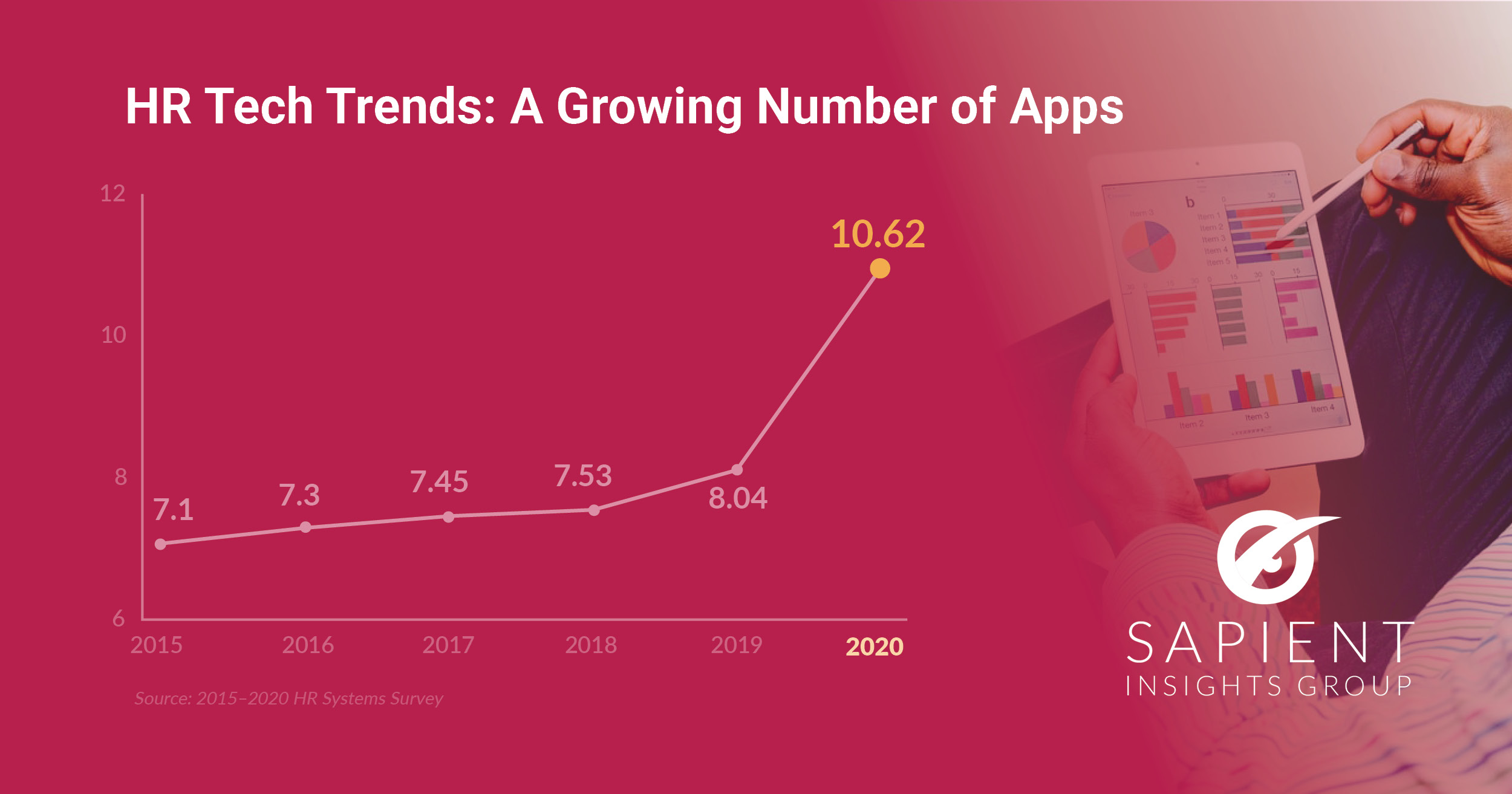 Social Applications
Social Applications
The number of Social Applications used strategically for HR peaked in 2017 and has since been trending back down. For a while, HR teams were experimenting with different social applications, eventually settling on a few that met their needs for communication, recruiting, or branding. We continue to see this story evolve as we look at the numbers for 2020. We anticipated there would be an increase as organizations ramped up their work-from-home strategies to keep the lines of communications open with all employees as well as customers.
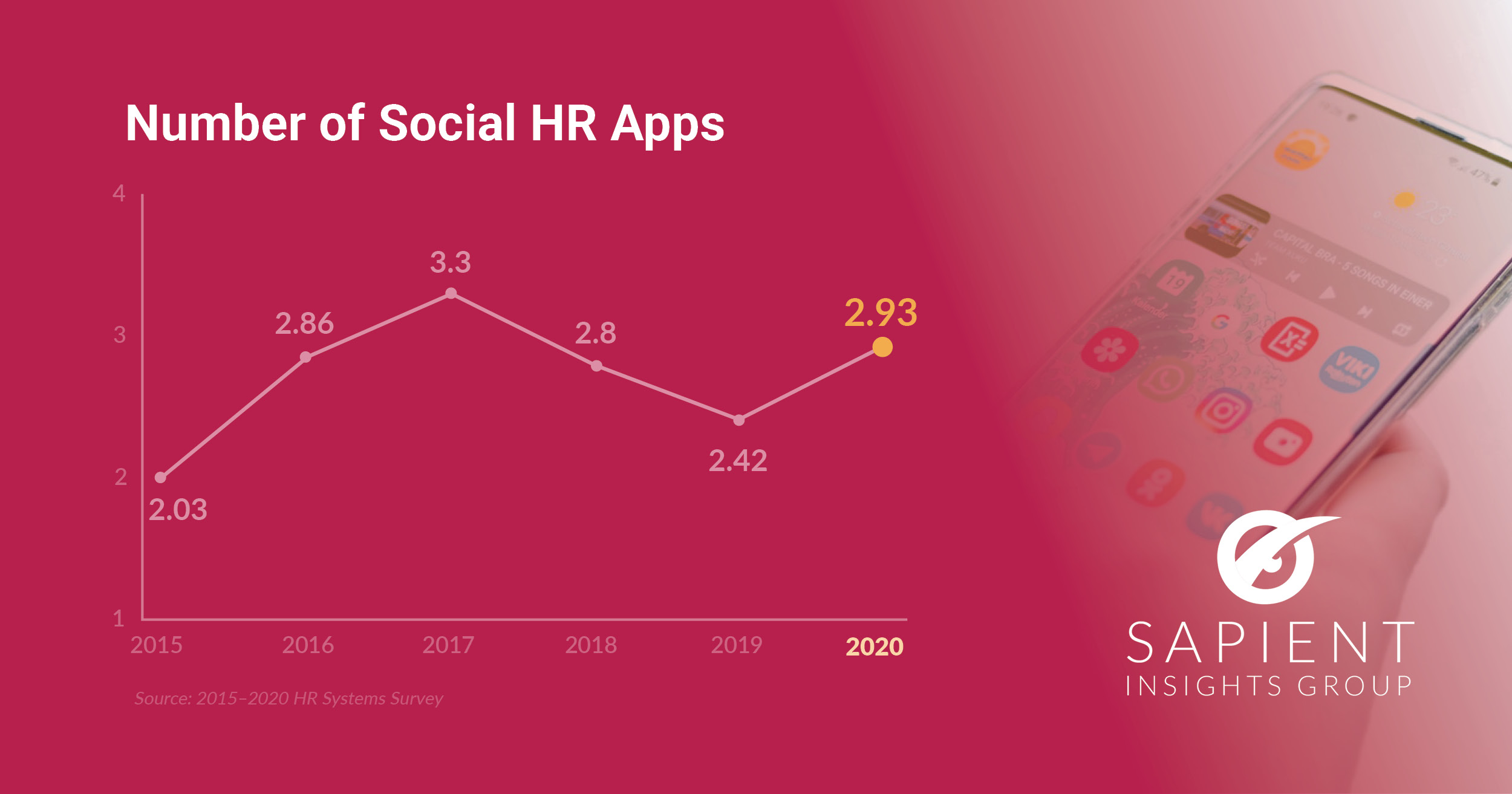 Mobile Technology
Mobile Technology
The use of Mobile technology is so pervasive that expectations for its use in the workplace are at an all-time high. Last year, Mobile-enabled HR reached the tipping point and now it’s becoming table stakes with 59% of organizations deploying some level of Mobile HR applications in 2020. The # 1 type of Mobile HR applications provided to employees are Time and Attendance, followed closely by HRMS.
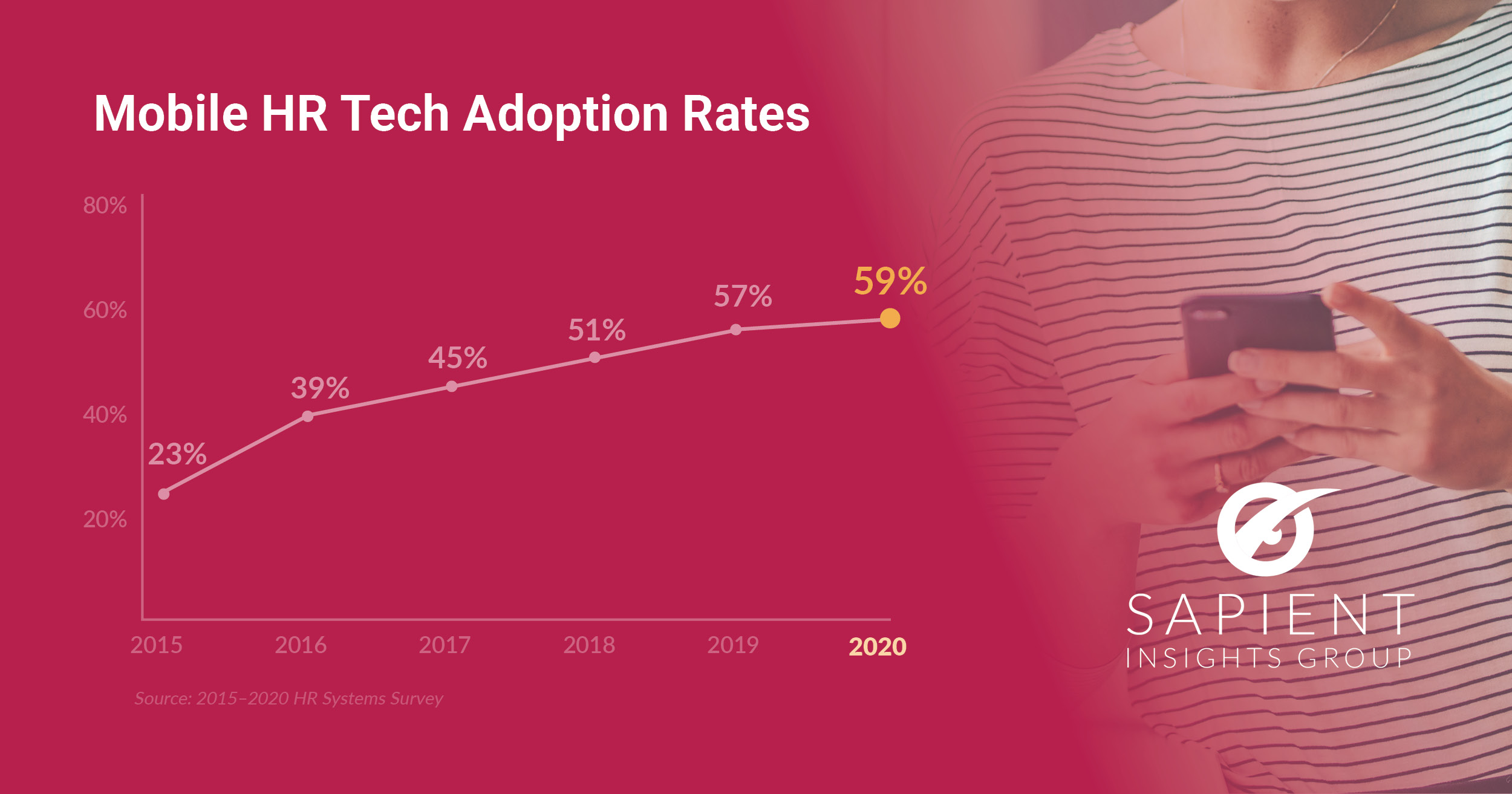 Enterprise HR
Enterprise HR
HR Technology spending trends over the last five years revealed how spending for HR technologies increased, decreased, or stayed the same. This is obviously a critical topic heading into 2021 due to the global economic downturn and impact of COVID-19 on many organizational plans. Following the last recession, it took about two years, from 2008 to 2010, to see increases in HR Technology budgets grow and then plateau in 2017. As expected, we see major changes in plans for this year for both increasing and decreasing HR Technology spending in 2021. This is not to say organizations won’t continue to invest in those areas that impact their ability to create new efficiencies and grow their businesses, but we expect to see an extended cycle for acquiring some new, more cutting-edge solutions until businesses get their footing back.
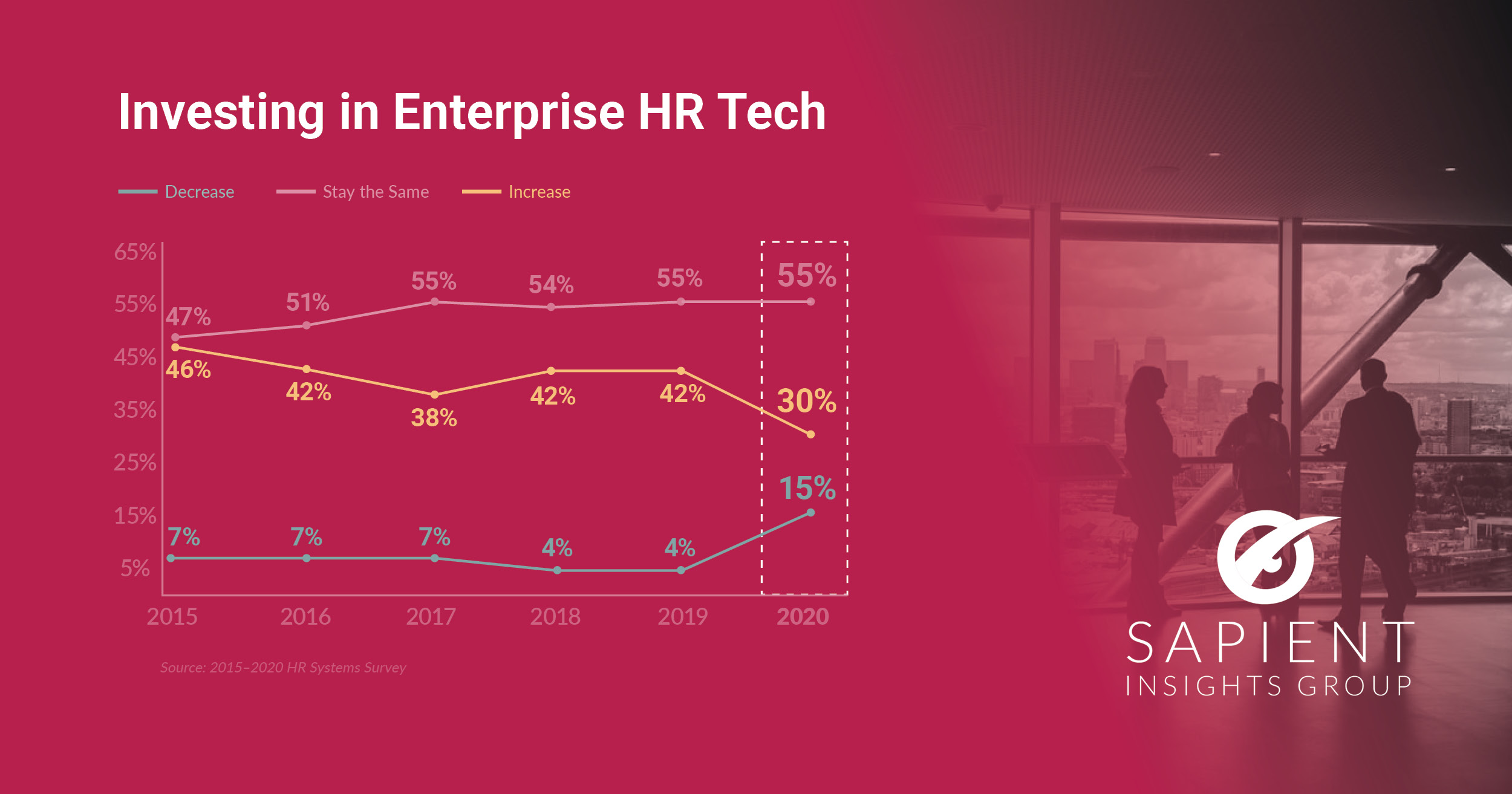 Total Spending per Employee
Total Spending per Employee
As organizations increased their cloud adoption rates and had more applications in their HR Technology budget, the overall annual HR Technology cost per employee rose steadily from 2010 to 2017. Over the last few years from 2017-2019, we saw these costs begin to stabilize. This stabilization of costs along with the increase in total number of applications meant an increase in the value proposition for organizations, now capable of tracking critical skills, delivering on-demand training, and increasing the quality of hire. However, the slight drop in 2020 shows there’s always room for improvement and savings. Given the hiring trends before the pandemic and the large number of organizations that postponed HR Technology projects through the summer, this likely had some impact on the slight decrease in cost per employee for 2020. Although we see more organizations planning to decrease HR Technology spending, we do not anticipate a large drop in the average HR Technology costs per employee. The size and global makeup of an organization plays a major role in their average annual HR Technology spending per employee and should be taken into consideration in benchmarking efforts.
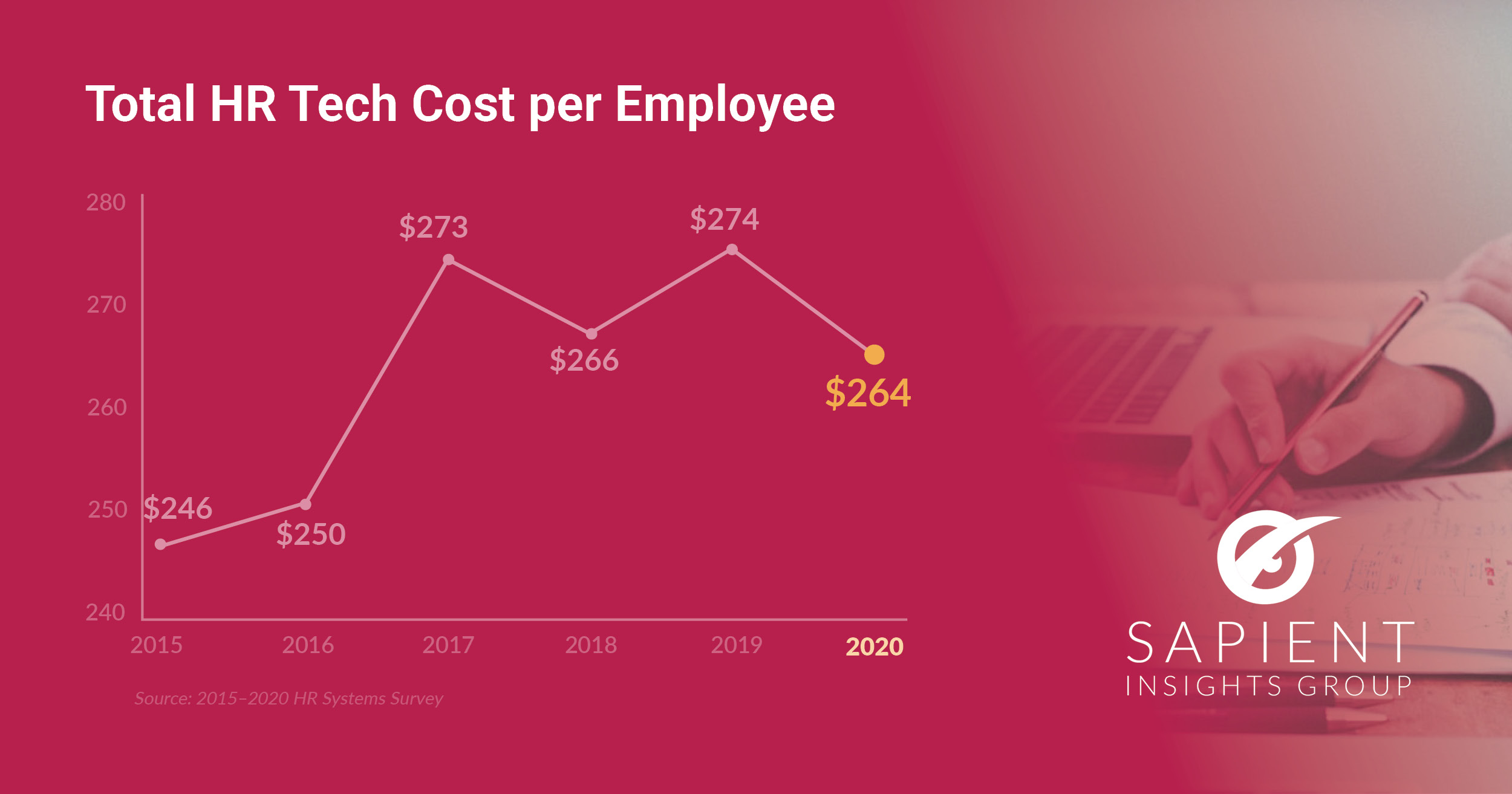 To get more information about these and other trends, download the 23rd Annual Sapient Insights HR Technology Systems Survey Whitepaper.
To get more information about these and other trends, download the 23rd Annual Sapient Insights HR Technology Systems Survey Whitepaper.
